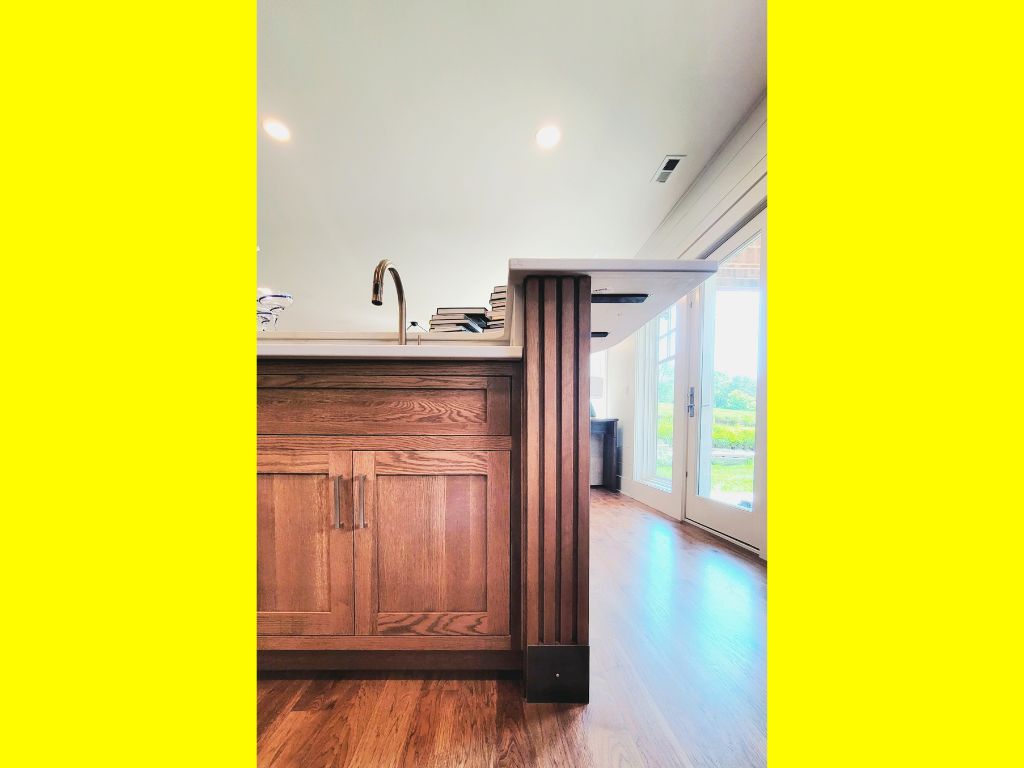Fence Staining And Refinishing
Fence Staining And Refinishing
When it comes to enhancing the curb appeal of your property, a well-maintained fence plays a crucial role. A fence not only serves as a functional boundary but also contributes significantly to the overall aesthetic appeal of your home. Over time, however, factors such as weather, UV rays, and general wear and tear can take a toll on your fence’s appearance and structural integrity. This is where fence staining and refinishing come into play as essential maintenance tasks that can revitalize your fence, prolong its lifespan, and elevate the beauty of your outdoor space.
Understanding Fence Staining and Refinishing
Fence staining and refinishing are processes that involve treating the wooden surface of your fence to protect it from the elements, enhance its durability, and rejuvenate its appearance. These processes go beyond a mere cosmetic makeover; they provide vital protection against moisture, rot, sun damage, and pests that can compromise the integrity of your fence over time.
The Benefits of Fence Staining and Refinishing
Weather Protection: Wooden fences are particularly vulnerable to the elements. Rain, snow, and fluctuating temperatures can cause the wood to expand, contract, and eventually deteriorate. Fence staining and refinishing create a protective barrier that shields the wood from moisture, preventing rot and warping.
UV Ray Defense: Prolonged exposure to the sun’s ultraviolet (UV) rays can lead to discoloration, fading, and surface damage of wooden fences. Stains and finishes contain UV-resistant properties that help maintain the natural color of the wood while preventing sun-induced deterioration.
Enhanced Aesthetics: A well-stained and refinished fence can significantly enhance the visual appeal of your property. The right stain can bring out the natural beauty of the wood, highlighting its grain and texture, while also providing a range of color options to complement your home’s style.
Increased Longevity: Regular maintenance through staining and refinishing can extend the lifespan of your fence by preventing decay and structural issues. This investment in upkeep can save you money in the long run by delaying or even eliminating the need for costly fence replacements.
Insect and Pest Resistance: Certain types of stains and finishes contain additives that deter insects and pests from infesting the wood. This protection is especially valuable in preserving the integrity of your fence, as wood-boring insects can cause significant damage over time.
Value Addition: If you’re considering selling your property in the future, a well-maintained fence can increase its resale value. A freshly stained and refinished fence gives potential buyers a positive first impression and suggests that the property has been cared for meticulously.
The Fence Staining Process
Cleaning: Before staining, it’s crucial to prepare the fence surface. This involves cleaning away dirt, debris, and any old stain or finish. A power washer can be used to effectively remove these contaminants and create a clean canvas for the new stain.
Sanding: Sanding the surface helps to smooth out rough spots and opens up the wood’s pores, allowing the stain to penetrate more effectively. Sanding also removes any remnants of the old stain and helps ensure an even finish.
Choosing the Right Stain: There are various types of stains available, each with different levels of opacity and colors. Transparent stains allow the wood’s natural grain to show through, while solid stains offer more coverage and color options. It’s essential to choose a stain that aligns with your aesthetic preferences and the level of protection you desire.
Application: Using a brush, roller, or sprayer, apply the chosen stain evenly across the fence’s surface. It’s important to follow the manufacturer’s guidelines for application and drying times to achieve the best results.
Multiple Coats: Depending on the desired color and opacity, multiple coats of stain may be necessary. Each coat should be allowed to dry thoroughly before applying the next.
Sealing: To enhance the durability of the stain and provide additional protection, consider applying a clear sealant or finish. This step helps lock in the color and shields the wood from moisture, UV rays, and general wear.
The Refinishing Process
Refinishing a fence is a more comprehensive process that involves repairing any structural damage, as well as restaining the surface. Here’s how it typically works:
Assessment: Thoroughly inspect the fence for any signs of damage, such as cracks, splinters, or loose boards. Address these issues before proceeding with the refinishing process.
Repair: Replace or repair any damaged or rotting wood. Ensuring the structural integrity of the fence is vital for its long-term durability.
Stripping: If the old stain or finish is in poor condition, it might be necessary to strip it away before applying the new stain. This can be done using sanding, chemical strippers, or a combination of both.
Follow Staining Process: Once the fence is stripped and repaired, follow the same steps outlined in the staining process above to apply the new stain.
Sealing: As with staining, applying a clear sealant or finish after refinishing provides added protection and extends the life of the wood.
Maintenance and Frequency
The frequency of fence staining and refinishing largely depends on the type of wood, climate, and local environmental conditions. In general, it’s recommended to stain and refinish your fence every 2-3 years. However, transparent or semi-transparent stains may require more frequent maintenance due to their lower level of protection.
Fence staining and refinishing are not just cosmetic tasks; they are essential for maintaining the longevity, aesthetics, and structural integrity of your fence. By providing protection against weather, UV rays, insects, and decay, these processes ensure that your fence remains an attractive and functional addition to your property for years to come. Whether you’re aiming to enhance your home’s curb appeal or planning for a future sale, investing in the care of your fence through staining and refinishing is a decision that yields both immediate and long-term benefits.
